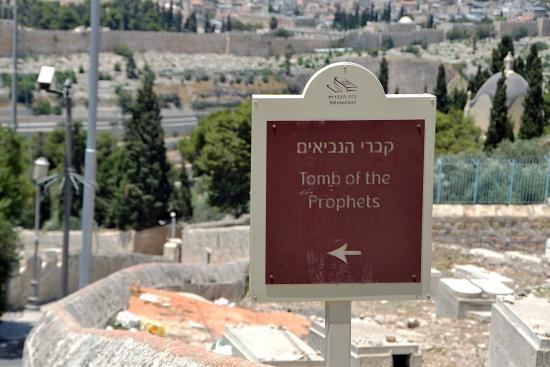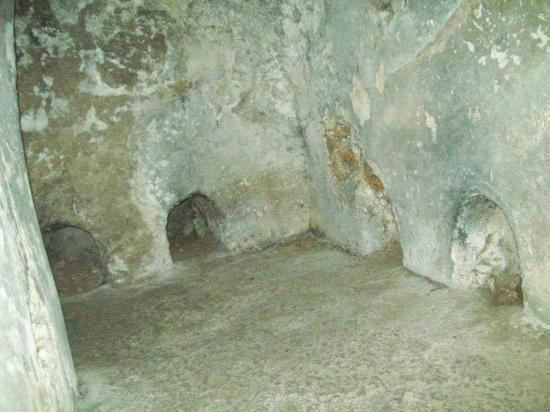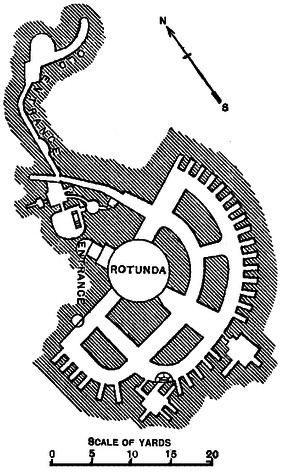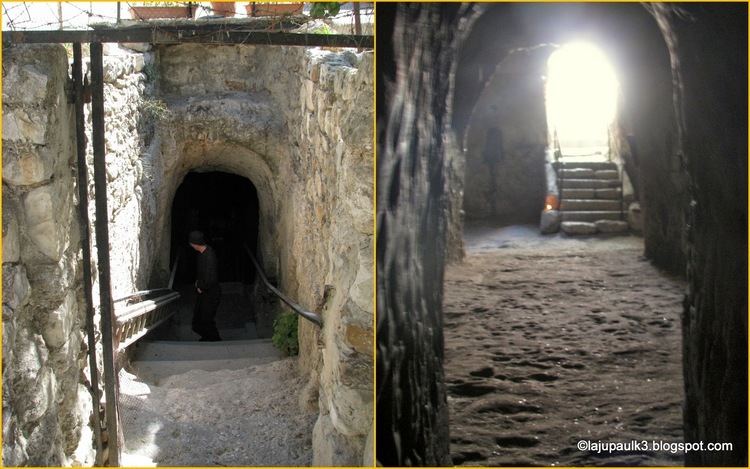Type burial chamber Archaeologists Clermont-Ganneau Excavation date 1870 | Excavation dates 1870-74 Founded 1st century | |
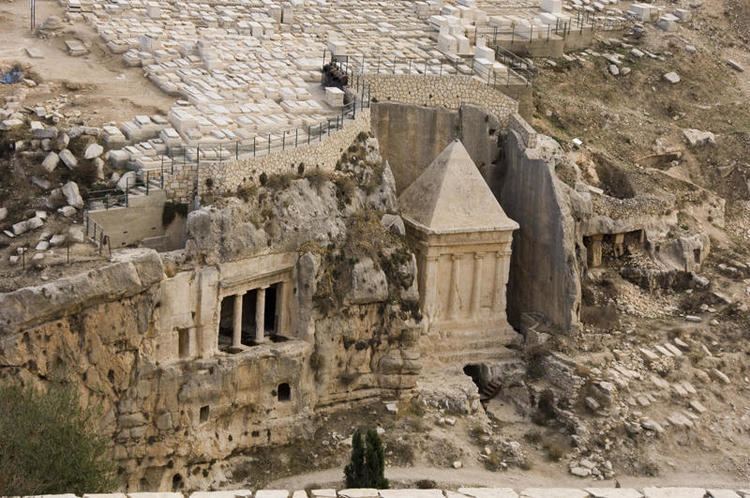 | ||
Location Mount of Olives, Jerusalem Ownership Russian Orthodox Church Outside Russia Public access Scheduled access (on-site caretaker) Owner Russian Orthodox Church Outside Russia Archaeologist Charles Simon Clermont-Ganneau | ||
The Tomb of the Prophets Haggai, Zechariah and Malachi (Arabic: Qubur el Anbia) is an ancient burial site located on the upper western slope of the Mount of Olives, Jerusalem. According to a medieval Jewish tradition also adopted by Christians, the catacomb is believed to be the burial place of Haggai, Zechariah and Malachi, the last three Hebrew Bible prophets who are believed to have lived during the 6th-5th centuries BC. Archaeologists have dated the three earliest burial chambers to the 1st century BC, thus contradicting the tradition.
Contents
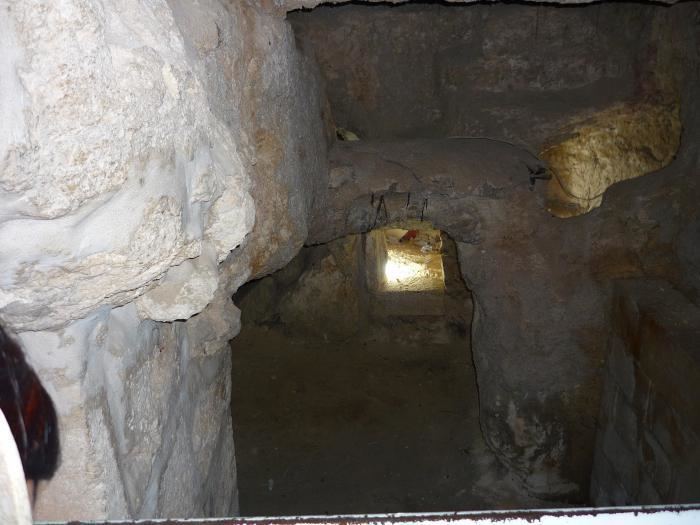
Burial chamber
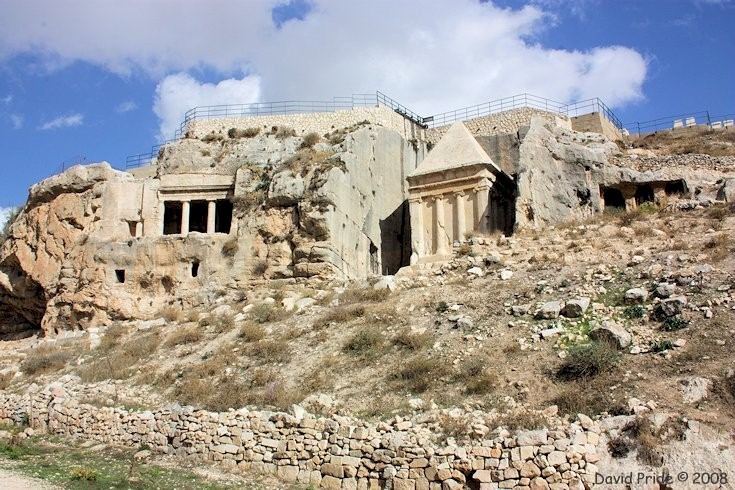
The chamber forms two concentric passages containing 38 burial niches. The entrance to the large rock-cut burial cave is on the western side, where a staircase descends, flanked on both sides by a stone balustrade. It leads into a large circular central vault measuring 24 ft in diameter. From it, two parallel tunnels, 5 ft wide and 10 ft high, stretch some 20 yards through the rock. A third tunnel runs in another direction. They are all connected by cross galleries, the outer one of which measures 40 yards in length.
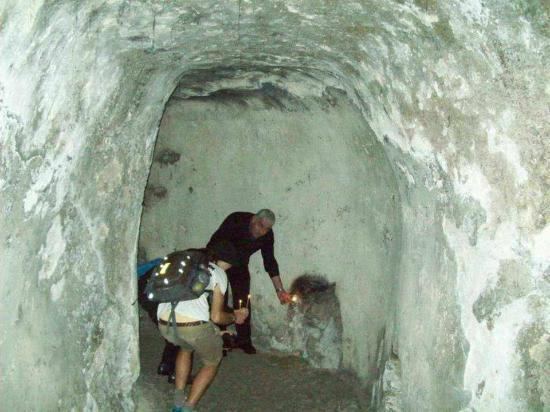
Research shows that the complex actually dates from the 1st-century BCE, when these style of tombs came into use for Jewish burial. Some Greek inscriptions discovered at the site suggest the cave was re-used to bury foreign Christians during the 4th and 5th centuries CE. On one of the side walls of the vault, a Greek inscription translates:
Put thy faith in God, Dometila: No human creature is immortal!
Holy site
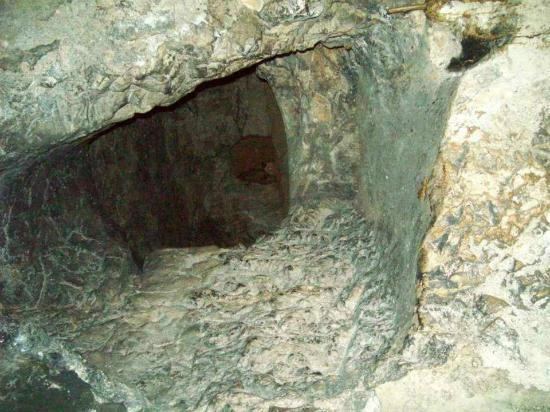
The site has been venerated by the Jews since medieval times, and they often visited the site. In 1882, Archimandrite Antonine (Kapustin) acquired the location for the Russian Orthodox Church. He planned to build a church at the site, which aroused strong protests by the Jews who visited and worshipped at the cave. The Ottoman courts ruled in 1890 that the transaction was binding but the Russians agreed not to display Christian symbols or icons at the site which was to remain accessible for people of all faiths.
